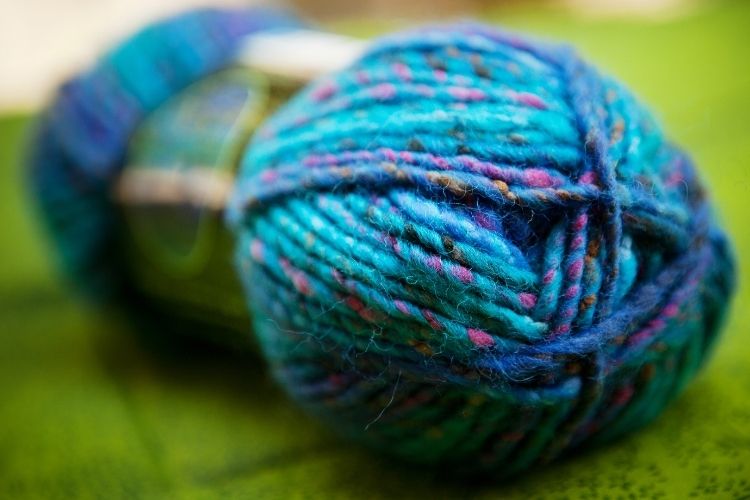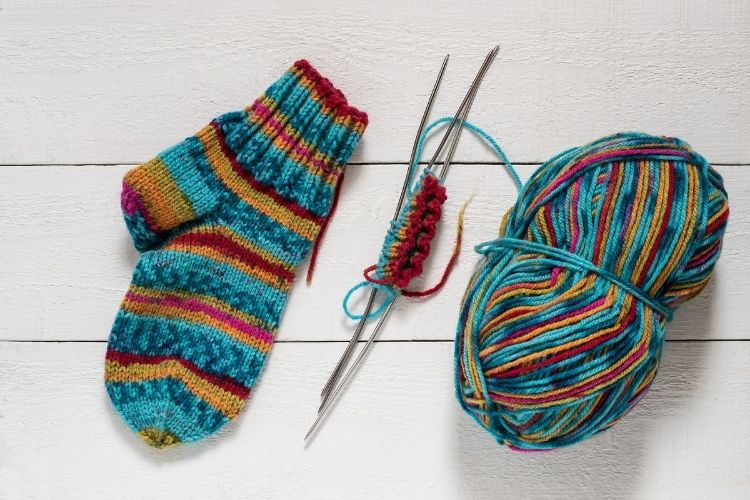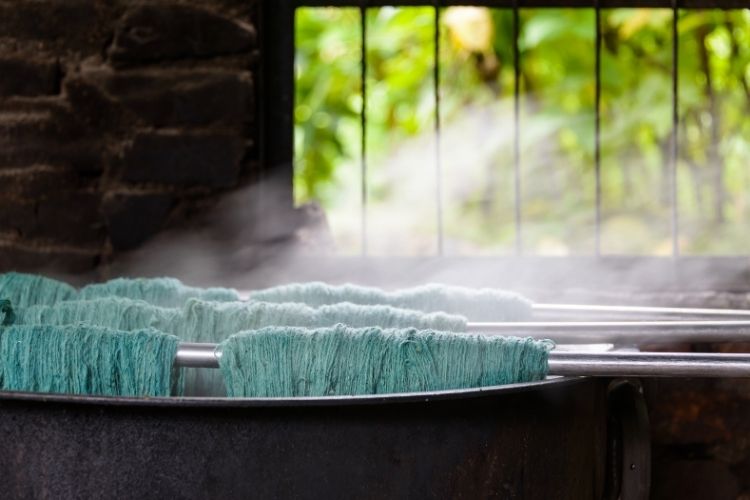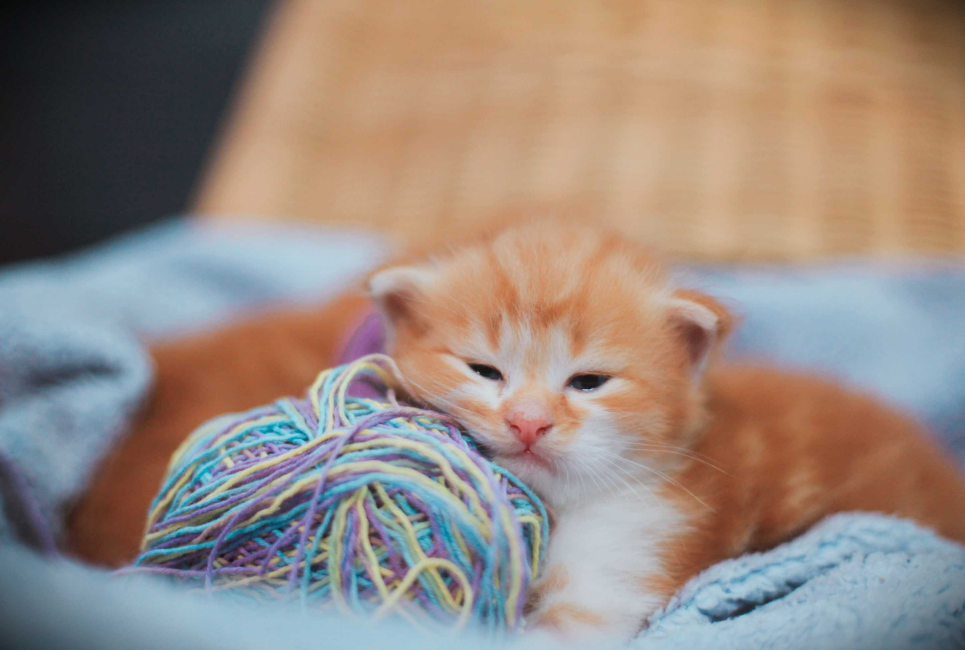- How to Find the Best Spray Paint for Metal - December 3, 2021
- Creative Wood Burning Ideas: To Bring Back Your Inspiration! - November 20, 2021
- Best Iron for Perler Beads Guide: To to Enjoy This Craft Even More! - November 20, 2021
There are a lot of things you can make with acrylic yarn. From blankets to scarves to wall hangings to baby Yoda, yarn art has gotten really creative, trendy, and functional in the past few decades. Sometimes all that matters for a project to look good is that it be made with love; however, there are just some projects that require soft yarn but sometimes soft acrylic yarn is difficult to come by.
Hard, itchy yarn: it happens to all crafters who work with this medium. There are three basic reasons for this.
- The yarn was a gift that someone lovingly bestowed upon the yarn artist
- The yarn was on sale and in a moment of weakness or need, the yarn artist purchased it
- The yarn is the only type of yarn sold nearby, and consequently, the choices are this or nothing
No matter what the reason is for owning hard, itchy yarn, there is no reason for leaving it that way. Unless you are making a scrubber that is meant to scratch things, it’s time to transform that not-so-delicate skein into a luxury craft material.
Review the Methods

The process of softening acrylic yarn has a few different methods that should be reviewed and considered. Each method will require a supply of materials that are common household goods, each of which should be easy to access and use. Now, let’s take some time to look at the different methods and the equipment needed.
The Fabric Softener Method
Supplies Needed:
- Fabric Softener
- Dryer Sheet
Method: Simply place the yarn in a washing machine filled with cold water and lots of fabric softener. Wash the yarn like a normal load, then place it in the dryer with a fabric sheet.
The Shampoo and Conditioner Method
Supplies Needed:
- Shampoo
- Conditioner
- Cool water
- Bucket, sink, or tub that can hold water
Method: Hand wash the yarn with cool water and shampoo, then rinse it well. Coat the yarn with a lot of hair conditioner and set it in clean, cool water to soak for an hour or more. Rinse out all the conditioner. Finally, wash and dry the yarn in a washing machine and dryer set to delicate.
A Little Extra:
Use some fabric softener and a dryer sheet to add extra softness.
The Vinegar Soak Method
Supplies Needed:
- White vinegar
- Cool water
- Bucket, sink, or tub that can hold water
Method: Fill a tub (or whatever item you have available to hold water) with cool water and vinegar. The ratio of vinegar to water should be 1 TBSP for every 4 cups of water. Place the yarn in the water and vinegar mixture and allow it to soak for 20 minutes. Once the yarn has finished soaking, then put it in a washer and dryer to finish.
A Little Extra:
The Vinegar Soak Method is not just a good way to soften acrylic fiber yarn, but also, wool yarn. Try it out on your itchy sweaters and feel how improved they are.
The Blended Method
It is actually just fine to try all these methods; in fact, that may be the best thing to do.
Should Yarn be Softened Before or After It Is Made into Something?

It doesn’t matter if the yarn is still in the skein form or if it has already been worked into a project. There will be a slight difference in how to handle the yarn as softening methods are applied to it, but overall, it will still have the same effect.
Skeins of Yarn
If you plan to soften yarn when it is still in the form of a skein, you will need to do the following before softening it:
- Remove all labels
- Loosen the strands, but do not take them apart
- Place it in a lingerie bag or pillowcase when putting it in a washing machine and dryer
Worked Projects
If you plant to soften yarn that has already been worked into a project, you will need to do the following:
- Hand wash it carefully without twisting or pulling it
- Place it in a lingerie bag or pillowcase when putting it in a washing machine and dryer
- Use a towel to help blot it dry
- If you still need to block and shape the project, take advantage of it being wet and lay it out on a blocking mat or towel
A Little Extra
If you would like to give the itchy yarn more of a chance to become soft, try softening it when it is a skein and when it is a completed project.
Are There Other Ways to Make a Boring Skein of Yarn Look and Feel Better?
Yes, the best way to give a blasé looking yarn some vivacity is by dipping it in vivid color. The steps are simple and, just as with softening yarn, you probably have most of the supplies at home right now.
Before we get into the basic steps of how to dye yarn and discuss the supplies needed for this endeavor, it must be noted that there are a few different methods for dyeing yarn. The methods will differ based on what type of yarn fiber is going to be dyed and also if you prefer using organic dyes or manufactured dyes. So, let’s begin.
Pick the Yarn
Choose white, cream, or lightly dyed colors so that the new dyes will not get muddled. Select your preferred fiber at this time. We’ll discuss the different dyeing options for each below.
Match the Selected Yarn Fiber with a Dyeing Method
Since different fibers should be dyed with different types of dyes, it will be necessary to match the yarn fiber with the appropriate dye. Here are the best matches.
Acrylic Fiber Yarn: This type of yarn is difficult to dye because it doesn’t soak in color as natural fibers do. On top of this, the dye used on acrylic fiber is toxic. Because of this, it may be best to leave dyeing acrylic fiber to professionals or get a yarn with a blend of acrylic and natural fiber. Blended fibers can be dyed using:
- Coffee
- Kool-Aid
- Rit Dye
- Tea
*Acrylic yarn, whether blended or not, will not hold color, so be prepared in advance for the color to fade quickly.
Animal Fiber Yarn:
It is best to use an Acid Dye for these types of yarn; however, animal fiber yarn can also be dyed using any of the following options.
- Berries
- Food Coloring
- Kool-Aid
- Red Cabbage
Natural Fiber Yarn (Non-animal): This type of yarn fiber is very easy to dye; it loves soaking in color. With these fibers, you will have your best success and a lot of fun. Use any of the following dye options for these yarns:
- Berries
- Coffee
- Food Coloring
- Kool-Aid
- Red Onion Skins
- Rit Dye
- Tea
- Yellow Onion Skins
Study the Dyeing Methods Thoroughly

Before you begin dyeing yarn fibers, it is best to know how each method works. You will want to thoroughly understand what to do, what not to do, and have everything laid out for easy access. Here are links to learn more about how to dye with all the different methods available.
How to Dye With:
For a little extra splash of color and trend, try tie-dyeing a skein of yarn.
Gather the Other Supplies
Do not use these supplies for anything other than dyeing projects. You do not want to cook or eat with any of them after using them to dye yarn. Each method of dyeing will require its own unique set of supplies, but the following list shows what will be needed regardless of the method used.
- A basin for soaking the yarn
- A drying rack
- An empty sink or tub for rinsing the yarn
- A stove or something to heat a pan
- Gloves
- Metal pan for heating the yarn
- Metal Tongs
- Safety glasses
- Spoons
- Scissors
Set-Up for Safety
Place all your supplies in an area that has access to running water and airflow. Keep the directions nearby for easy reference.
Remember, your safety is a priority. Never let the dye touch your skin or get into your eyes. It cannot be overstated how important it is to be organized when you are dyeing fibers so that accidents are limited.
Experiment and Create
If you are confident about dyeing yarn, it can be a very fun and exciting hobby. It is also something that can be used to give your crafting business an edge.
- Offer fabric dyeing as a service to others
- Dye your own yarn to make unique colors for personal projects
- Dye finished projects
- Offer classes that teach others how to dye fabric
Some Final Words
Yarn art is a craft that has the ability to morph with the times. It can easily take on modern styles to keep it looking young, fresh, and appealing to new generations; a quick browse of Pinterest and YouTube will confirm this. With that in mind, now is the time to learn all about this wonderful and versatile art form.
To build a business or a hobby you are proud of, it is going to take more than just knowing how to crochet or knit, it will take a well-rounded knowledge of yarn. Now you are well informed on how to fix stiff and itchy yarn. You also have connections to help you find the softest yarn. And, you have some really great methods for creating unique yarn colors.
This is just the beginning because once you get started, there are amazing things you can do with all these resources. So, go out there and be the best yarn artist, entrepreneur, teacher, or lover of crafts that you can be.
FAQs
Question: Are There Other Types of Yarn, Besides Acrylic, That Need to be Softened?
Answer: Yes, wool fiber yarn is notoriously itchy. It can also be softened using many of the methods listed for softening acrylic yarn. There are a few different steps that will need to be taken, but it basically the same. For easy reference, here is how to soften wool yarn.
*These steps can be done with either a skein or a finished project.
• Soak the wool yarn in a fabric cleaner made for wool and other delicate fibers.
• Use your hands to rub a dollop of hair conditioner all over the wool yarn.
• Dissolve some more hair conditioner in a sink, tub, or bucket of water.
• Soak the wool yarn in water for at least ninety minutes.
• Rinse the conditioner off the wool yarn.
• Press the water out of the wool yarn. If this is a finished project, be careful to not twist or misshape it.
• Use a towel to blot out more water.
• If this is a finished project, layout the item to shape and block it.
Question: Where Can Soft Yarn be Purchased?
Answer: Yarn that is soft and satisfying to touch can be found in many different places. The first place you should look is at a local craft store. If possible, try to buy locally in order to support your community. This is an amazing way to build relationships that can help with all your crafting needs.
If your community does not have a local yarn shop or craft store, try a regional or national chain store that carries crafting supplies. The best options are:
• Hobby Lobby
• Joann’s
• Michaels
• Wal-Mart
If these chain stores are also out of reach for you, or they simply don’t have what you are looking for, the next best thing is to shop for yarn online. It may seem a little risky since you can’t look at or touch the yarn for yourself, but there are online yarn shops that are known for their quality colors and fibers.
Check out their reviews, and then, give them a try for yourself. Some of the most popular online yarn shops are:
• Darn Good Yarn
• Knit Picks
• Purl Soho
• We Are Knitters
• Yarnspirations
Another great way to find the softest yarn for your upcoming projects is to get in touch with local farmers and producers. To find a yarn producer in your community, try using the My Local Wool website to do a quick search.

